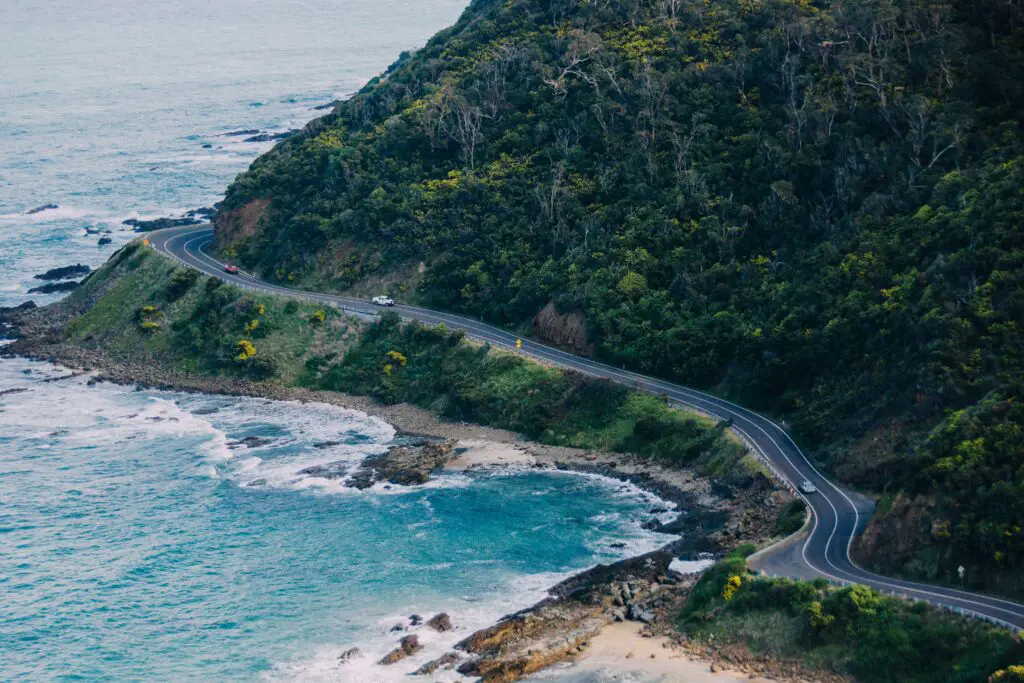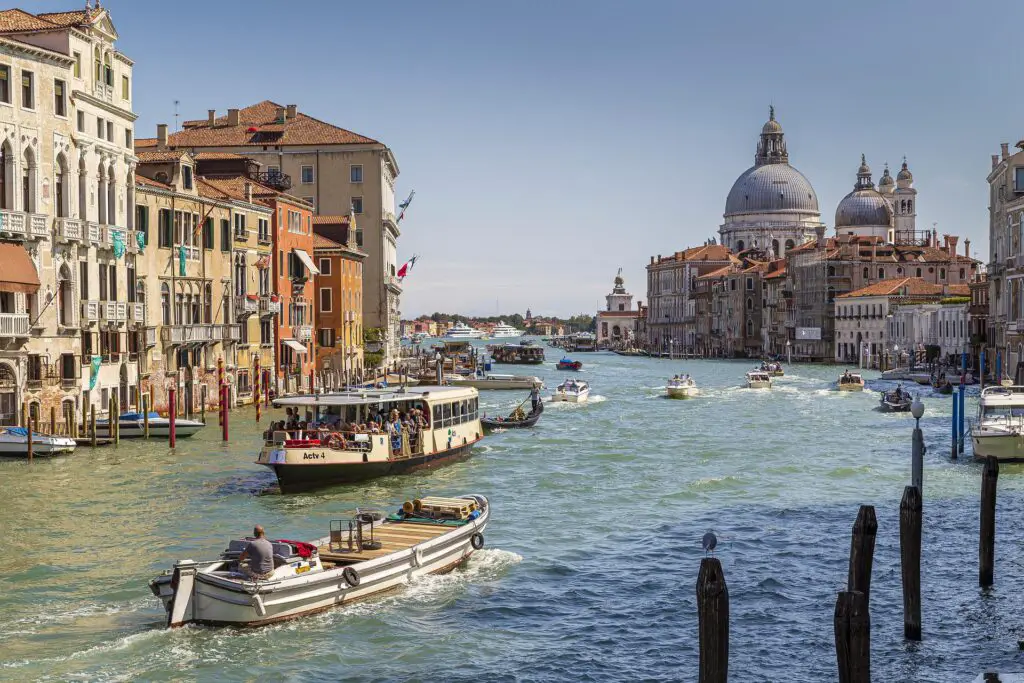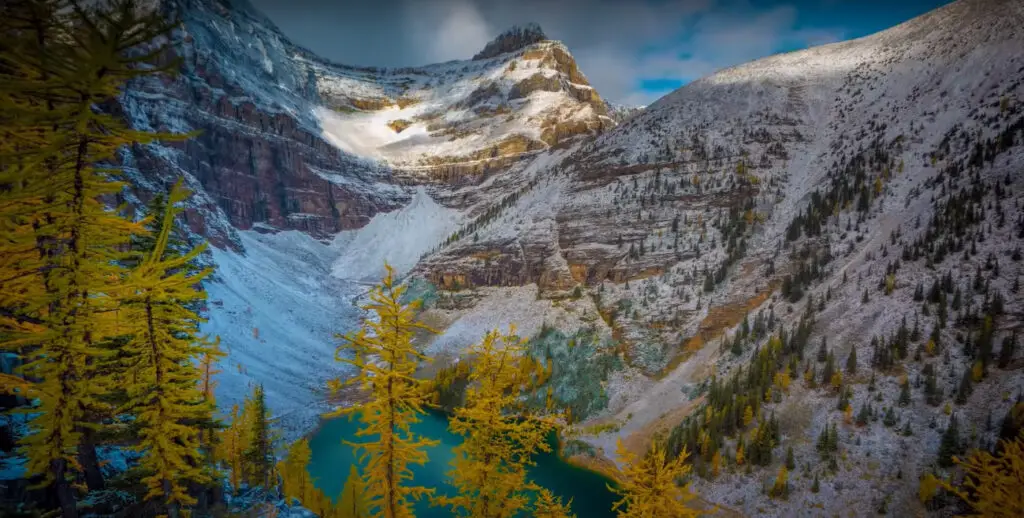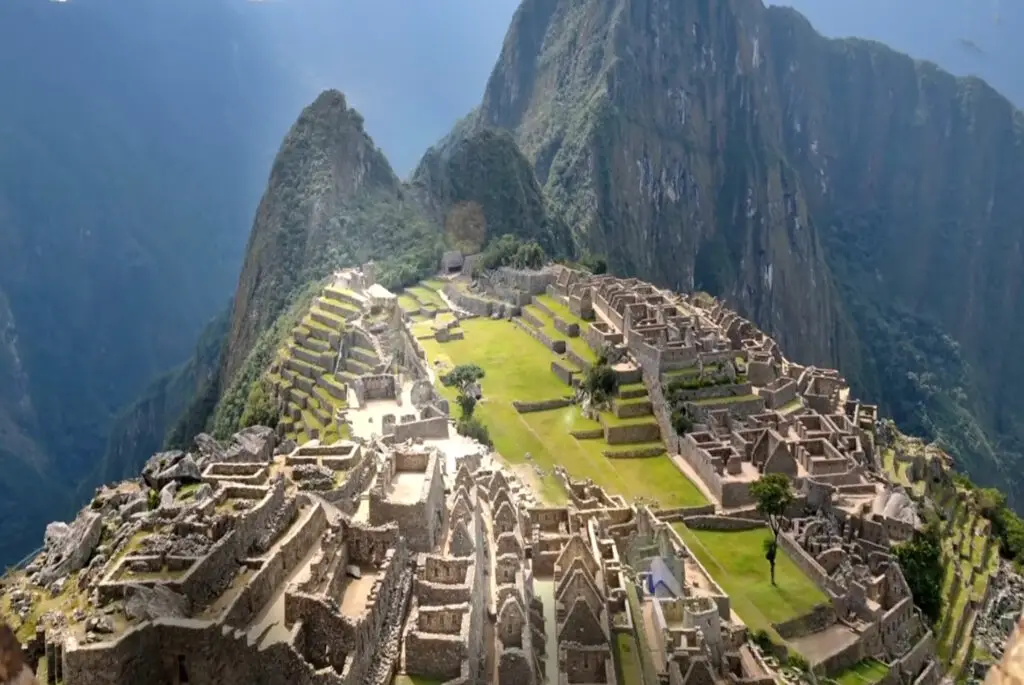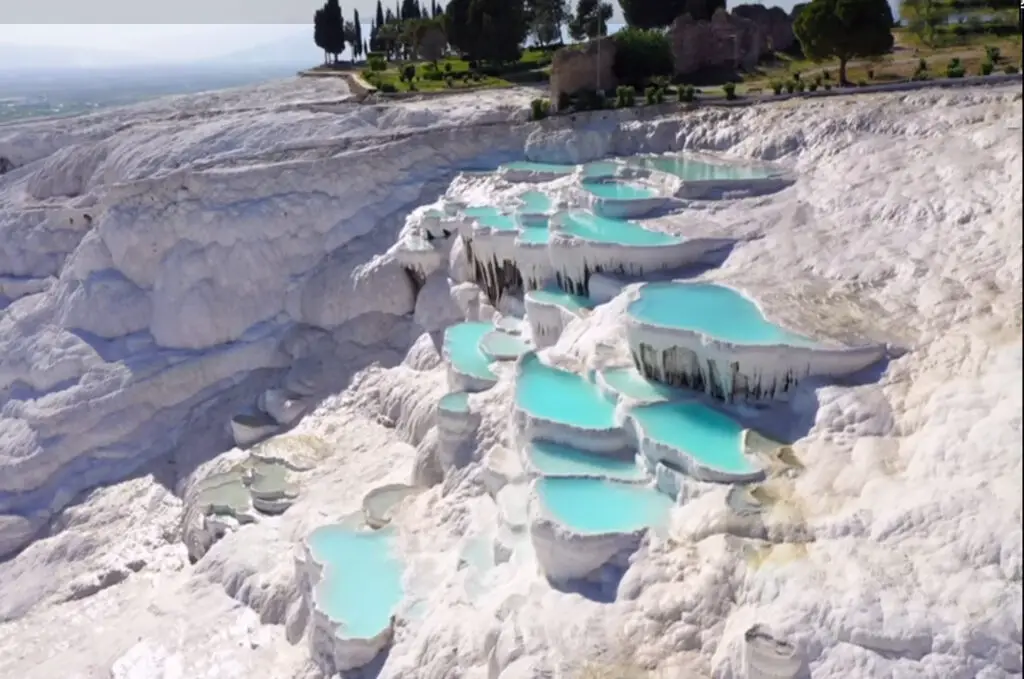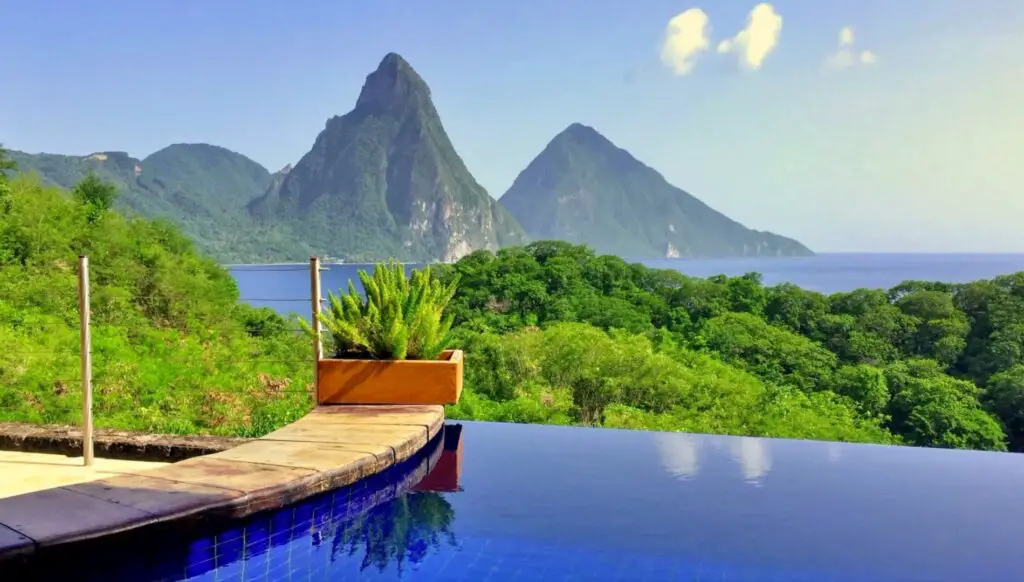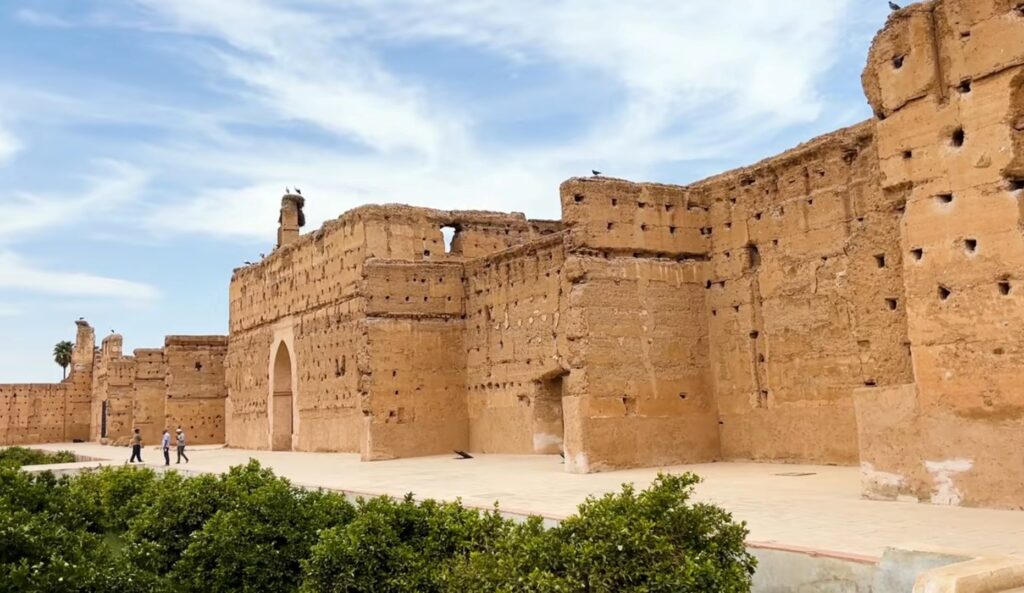The magnificent Great Ocean Road closely follows the rugged cliffs of the untamed Southern Ocean, offering awe-inspiring vistas featuring dramatic rocky formations, unspoiled beaches, and towering cliffs adorned with lush green landscapes. This iconic route also boasts thrilling opportunities for surfing, encounters with native wildlife, unforgettable hiking and biking trails, ensuring there’s something captivating to discover at every turn.
Recognized as one of the most remarkable coastal routes globally, the Great Ocean Road spans over 240 kilometers, extending from the Victorian coastal town of Torquay, a mere 1.5-hour drive from Melbourne, to Allansford, just outside the rural hub of Warrnambool.
It’s worth noting that this renowned road holds a unique distinction as the world’s longest war memorial, a testament to the dedication of WW1 soldiers in honor of those who made the ultimate sacrifice during the war.
Today, the Great Ocean Road stands as one of Australia’s premier tourist destinations, attracting both locals and visitors from around the world.
Things to Do on Visit to Great Ocean Road, Australia
TAKE A TRIP ALONG THE GREAT OCEAN ROAD
Embarking on a journey along the Great Ocean Road is a must-do experience, characterized by its winding paths and remarkable vistas. In fact, the drive itself stands out as the primary allure of this iconic route.
The entire 243-kilometer expanse between Torquay and Allansford offers a captivating mix of scenic wonders, from the rugged coastal landscapes to densely forested stretches. However, our personal preference leans towards the segment between Lorne and Apollo Bay, where the views are undeniably breathtaking throughout. Be sure to take advantage of the numerous lookout points and ensure your camera batteries are fully charged, as you’ll want to capture every mesmerizing curve!
GET A PHOTO AT THE GREAT OCEAN ROAD MEMORIAL ARCH
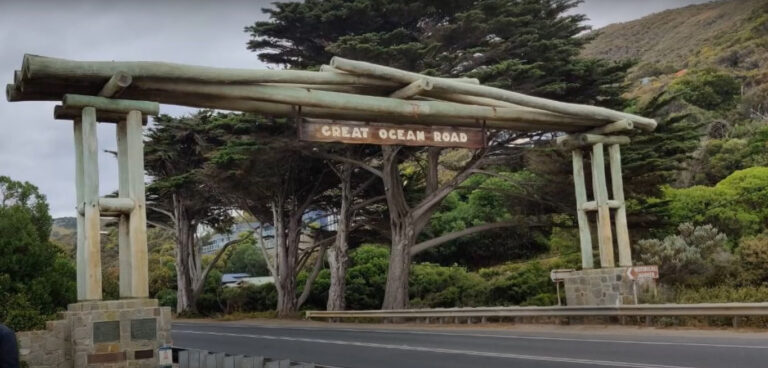
Can you truly claim to have visited the Great Ocean Road if you didn’t capture a photo of the renowned Great Ocean Road sign, the world’s longest memorial arch?
This impressive wooden arch, constructed in tribute to the 3,000 returning World War I soldiers who painstakingly built the road from 1919 to 1932, serves as the gateway to the road and stands as one of the most iconic and picturesque elements of the entire Great Ocean Road.
To facilitate your visit, there is a designated parking area on the left side of the arch, ensuring a safe spot to park your vehicle while you explore. Additionally, there’s a designated photo area along the road for more picture-perfect moments.
Keep in mind that this area can become significantly crowded during peak hours, so exercise caution while navigating the surroundings!
DISCOVER THE SHIPWRECK COAST
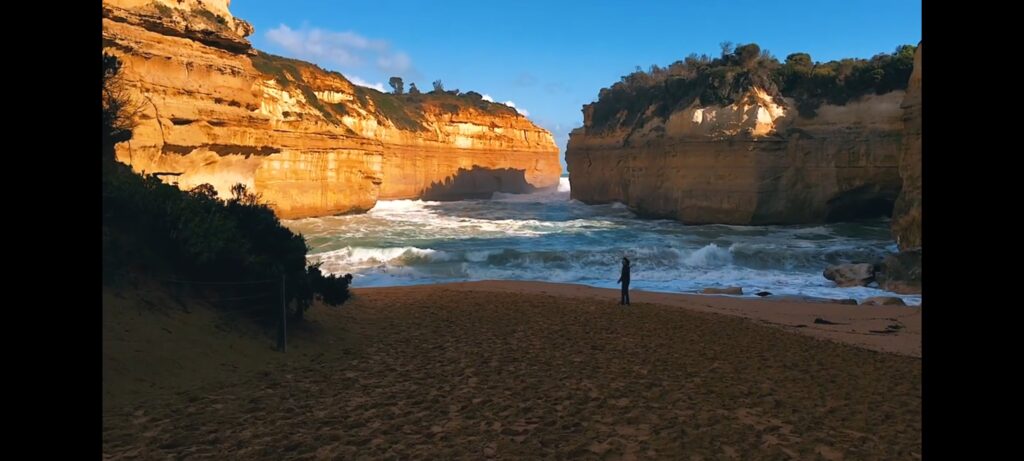
The massive stretch of Southern Ocean coastline that separates mainland Australia from the island nation of Tasmania (the last stop before Antarctica!) is rugged and breathtaking – and infamous for its treacherous seas.
In fact, it is so infamous that the 130km stretch of the Great Ocean Road from Cape Otway to Port Fairy is known as the Shipwreck Coast, where nearly 700 ships and their crews met in the late 19th and early 20th centuries. Of these, only about 200 have been found again, the most famous of which is Loch Ard.
For many early European settlers looking to make their fortunes in the goldfields or grasslands of colonial Australia, this coast was their first – and last – sight of Australian land. Rugged and breathtaking on sunny days, with turquoise waves crashing against steep sandstone cliffs, it’s not hard to see how boats can be swallowed whole and shattered by the violent and unforgiving conditions of bad weather.
RECEIVE THE 12 APOSTLES IN YOUR OWN
Undoubtedly, the top attraction and most widely favored activity along the Great Ocean Road is the visit to the 12 Apostles, which you can explore further in our comprehensive guide.
It’s important to note that despite their name, there are no longer a dozen of these majestic limestone formations, as four have succumbed to erosion and tumbled into the ocean below. Nonetheless, the remaining eight limestone stacks still present a breathtaking spectacle. These formations came into existence over 20 million years ago, once a part of the adjacent landmass. As the relentless forces of wind and water sculpted the coastline, these striking remnants endured.
To make the most of your experience, a well-constructed boardwalk guides you to prime vantage points for admiring the Apostles and the stunning coastal panorama beyond, offering numerous opportunities for epic photographs.
For a truly magical experience, consider planning your visit during the serene moments of sunrise or sunset. This timing not only enhances your photography experience but also allows you to savor the place without the bustling crowds, particularly during the summer months. Additionally, you’ll be treated to the melodious birdsong and the sight of a tranquil ocean during these early hours.
VISIT LOCH ARD GORGE
Just a few minutes’ drive from the 12 Apostles is Loch Ard Gorge, one of the most popular stops along the Great Ocean Road, luring visitors with impressive views of the crumbling cliffs that almost surround the pretty beach below.
But while the views are worth a visit on their own, the ancient story of survival that took place here lends the place a sense of wonder and mystery. On June 1, 1878, a soupy fog left the crew of Loch Ard confused and lost, and the iron-hulled ship was wrecked at the base of nearby Muttonbird Island.
Only two survived: wealthy 17-year-old Eva Carmichael, who traveled with her family to find a new life in the colonies, and Tom Pearce, a teenage ship’s apprentice.
After making it safely to shore thanks to an overturned lifeboat, Tom heard screams from the water and saw Eva drifting barely conscious in the mouth of the ravine. He swam back and fought bravely for an hour to bring her to shore. Once there, they hid in a cave before Tom finally climbed the sandstone cliffs to seek help from nearby Glenample Station.
Standing in the gorge today, especially at beach level, it’s hard to imagine the scene unfolding or the bravery of teenage Tom climbing the crumbling and unstable 11m high ocher cliffs – making it an even more fascinating place to explore.
VISIT THE SHERBROOK RIVER
In a region abundant with natural beauty, the point where the meandering Sherbrook River converges with the Southern Ocean offers an unfiltered, awe-inspiring display of its untamed grandeur.
Words alone struggle to capture the intensity of the 12-foot waves relentlessly crashing against the rocky shoreline on one side of the bay, their resounding echoes akin to thunder, while on the opposite side, they cascade with resounding force upon the sandy shores. This is unquestionably a must-visit spot to include in your Great Ocean Road itinerary.
The limestone outcrop here is accessible by foot, but it is imperative to exercise extreme caution. Peculiar wave patterns and formidable surges can emerge unexpectedly, and they possess tremendous power. It’s strongly advised to maintain a safe distance from the precipice.
For those interested, the Sherbrook River is conveniently situated a short walk away from Thunder Cave and can be reached from the same parking area. The road leading to it is paved, relatively straightforward to navigate, and well-maintained.
LOOK IN THE THUNDER CAVE
The sheer force of nature that defines the Great Ocean Road will be evident throughout your journey, and you’ll also experience it audibly in the form of Thunder Cave.
Thunder Cave is a confined cavern and chasm where the ocean surges vigorously, creating a reverberating roar that resembles thunder. Although there may not be much to see within the cave itself, it remains a captivating spectacle to witness the relentless rush of water and anticipate the thunderous sound that accompanies it.
Access to Thunder Cave is conveniently available from the Loch Ard Gorge car park, allowing for a straightforward visit to this natural wonder.
EXPLORE GIBSON’S STEPS
Gibson’s Steps is one of the few places in Port Campbell National Park that allow proper access to the beach while offering a completely different perspective of the famous 12 Apostles.
Once 86 narrow steps hand-carved into the cliffs by 19th-century landowner Hugh Gibson, today the narrow steps have been replaced by a much sturdier concrete version with a safety rail.
These take you down to the beach, where cliffs rise as you wander the sand, foaming waves crash against the shore, and the limestone piles of the remaining apostles tower over you just a few meters away. It’s an amazing place and unsurprisingly one of the most popular things to see on the Great Ocean Road.
Before you head out, check that the stairs are open as the local council regularly closes the stairs to clear debris from the fallen cliff that has landed on the beach (probably don’t stand too close to the crumbling cliffs when you’re on the beach!).
ADMIRATE THE VIEW FROM THE CAVE
The Grotto is a super unique place to see on your travels along the Great Ocean Road; a nice dip caused by the erosion of the surrounding limestone cliffs.
When the cliffs fell away, they left a kind of window through which you can take in the beauty of the tranquil rock pool (it almost looks like a peaceful hot tub!) offset by the rolling sea beyond.
The stairs down into the cave are reasonably steep but perfectly fine for anyone who can handle stairs normally.
SEE LONDON BRIDGE
If the name “London Bridge is falling down” rings a bell, you’re spot on; London Bridge is a limestone arch situated just off the coastline, which was originally linked to the mainland.
In line with its name, a section of this rock formation indeed crumbled in January 1990, resulting in the steep cliff you can observe today. Thankfully, there were no injuries, but this incident left two hikers stranded on the remaining arch, necessitating a daring helicopter rescue!
The vistas from the London Bridge lookout, overlooking the Arch and the pristine beach below, are truly magnificent and stand out as one of our preferred locations along the Great Ocean Road.
DISCOVER THE BAY OF ISLANDS
While not as widely renowned as the Twelve Apostles, the Bay of Islands holds its own as an impressive natural wonder in our view. This array of pale limestone stacks has been shaped by the relentless force of the Southern Ocean’s mighty waves.
Situated approximately 25 minutes beyond the Twelve Apostles, near Peterborough, the Bay of Islands offers a striking spectacle, particularly during the serene moments of sunset. A brief promenade runs along the coastline, providing an ideal vantage point for savoring the most exceptional views.
With scenery reminiscent of the Apostles but with significantly fewer visitors, it unquestionably qualifies as one of the less-recognized yet exceptional destinations to explore along the Great Ocean Road.
EXPLORE THE OTWAY RAINFOREST CANOPY
Strolling through the forest at ground level is a classic experience, but these days, the real excitement lies in walking through the forest canopy.
Just a short detour from the Great Ocean Road, you’ll stumble upon Otway Fly Treetop Adventures (where you can secure your tickets), offering an exhilarating hour-long treetop walk at a height of 25 meters above the ground. This mesmerizing forest canopy features Giant Myrtle Beech, Blackwood, and Mountain Ash trees.
For a different perspective, there’s a spiral staircase leading to a canopied observation deck (although the towering trees will still dwarf you), allowing you to gain a unique viewpoint of the fern-covered forest floor.
Adrenaline enthusiasts need not worry as well; the 2.5 Zip Line Tour promises an absolutely unique and thrilling experience to relish along the Great Ocean Road.
COOL OFF AT MANY RAINFOREST WATERFALLS
The Great Ocean Road boasts some of the most spectacular waterfalls in all of Victoria, thanks to the cool temperate rainforest of Otway National Park and the surrounding area.
Each of the waterfalls is unique, but there’s one thing they definitely have in common: they’re all extremely picturesque, with lush ferns and towering trees giving way to cascading waterfalls that wouldn’t look out of place on a Bali postcard.
ENJOY THE SIMPLE BEAUTY OF CALIFORNIA REDWOOLES
California’s Otways Redwood Forest stands as one of Victoria’s hidden gems, much like Warburton’s Redwood Forest.
You might be curious about how a cluster of California redwoods found their way to a location so distant from their native land. The 85-year-old plantation is a relic from the mining activities that unfolded here in the 1930s. Presently, the 60-meter-tall redwood trees create a mesmerizing and serene environment for leisurely strolls.
Nestled alongside the River Aire, enveloped by lush ferns and indigenous trees, it forms a charming natural enclave where you’ll undoubtedly want to lose yourself in for hours, soaking up the tranquil and enchanting ambiance.
EXPLORE CAPE OTWAY LIGHT STATION
Erected in the year 1848, the Cape Otway Light Station holds the distinction of being Australia’s oldest and most significant surviving lighthouse. Throughout the centuries, it has dutifully steered ships through the perilous waters where Bass Strait and the Southern Ocean converge.
Remarkably, the Light Station remains in operation today, albeit automated, and offers a plethora of attractions to explore. Among the highlights is the unique opportunity to spend a night at the Lighthouse itself. Other captivating features include a historic telegraph station constructed in 1859, a concealed World War II bunker, an Aboriginal cultural center, and breathtaking coastal vistas.
The winter months also provide the chance to witness playful whales in the ocean nearby. To complete your visit, there is an on-site cafe, known as Lightkeeper’s Kitchen, serving delectable food and coffee, ensuring a memorable and fulfilling experience.
DISCOVER ICONIC AUSTRALIAN WILDLIFE
This region of Victoria stands out as one of the prime locations in the state, if not all of Australia, to observe its rarest wildlife in their natural habitat. Here, you’ll encounter a diverse array of beloved Australian fauna, from kangaroos to koalas, kangaroos to platypuses, wombats to echidnas, and an abundance of other remarkable species.
In fact, it’s highly probable that you’ll come across most of these creatures as you explore the area, whether you’re walking or driving between different destinations. During our last visit, we had the privilege of sighting kangaroos, koalas, kangaroos, and wombats simply as we moved about the region, highlighting the rich biodiversity and wildlife opportunities that await.
SPEND TIME IN LORNE
Lorne unquestionably stands as the largest and trendiest hub along the Great Ocean Road, exuding a lively atmosphere. The main road is adorned with an array of hipster cafes, upscale restaurants, and charming boutiques, making it a delightful destination for visitors.
In addition to the numerous cafes and boutiques, Lorne boasts a vibrant creative community, with the annual Lorne Arts Festival celebrating the arts and an influx of art galleries emerging over the years. Notably, the renowned Falls Festival takes place just outside Lorne on New Year’s Day each year, adding to the region’s allure as a cultural and entertainment hub.
WATCH THE DRIVERS AT BELLS BEACH
Arguably the most famous beach along the surf coast and probably the whole of Victoria (although we’d argue there are certainly nicer spots!), Bells Beach, just outside Torquay, is where you’ll find the saltiest surfers on the coast.
Even in the winter, expect to see plenty of enthusiastic surfers catching some epic breaks on the right hand. To the right of the surf breaks is a slightly quieter beach, perfect for afternoon beach walks or exploring with the kids.
LEARN TO SURF IN TORQUAY
Australians have a deep-rooted passion for surfing, and their love for this sport is epitomized in Torquay. This coastal town, nestled between the renowned Bells Beach and the celebrated Rip Curl Pro competition, is not just a surfing destination; it’s the very heart and soul of surfing in Victoria.
As the birthplace of several iconic Australian surf brands and the hometown of numerous surfing legends who honed their skills among these very waves, Torquay is undeniably the surfing capital of the state.
Furthermore, Torquay stands out as one of the premier places in Victoria to embark on a surfing journey, offering a secure beach, experienced instructors, and ideal conditions for students. We can personally attest to this, having taken a few lessons here a few years ago, making it an excellent spot for both beginners and experienced surfers.
DIG AT SOME OF THE GREAT OCEAN ROAD BEACHES
The Great Ocean Road is renowned for its abundance of iconic and stunning beaches, numbering in the hundreds.
Featuring gentle blue waves, powdery golden sands, and awe-inspiring natural scenery, these beaches are some of the most idyllic swimming locations you’ll encounter in Victoria, offering an ideal respite on scorching summer days.
While the allure of these beaches is undeniable, it’s crucial to exercise caution, as not all of them are safe for swimming. To ensure your safety, it’s advisable to stick to beaches patrolled by lifeguards and swim within the designated areas marked by red and yellow flags. This ensures a secure and enjoyable seaside experience.
WATCH THE SUNSET FROM SPLIT POINT LIGHTHOUSE, AIREYS INLET
As you make your way around the curve in Aireys Inlet, your eyes will be drawn to the White Queen with her signature red cap.
Perhaps most famously recognized as the filming location for the iconic 90s Australian children’s TV show ‘Round the Twist’ (“Have you ever felt like this…!”), the Split Point Lighthouse is a striking and picturesque structure set against the dramatic cliffs and the surging waves of Aireys Inlet.
Since its establishment in 1891, this lighthouse has been a vigilant sentinel, issuing crucial warnings to ships navigating the treacherous waters of the Bass Strait and this rugged coastal expanse. To this day, it remains fully operational and continues to play a pivotal role in maritime navigation, preserving its historical and practical significance.
ADMIRATE THE VIEWS FROM MANY VIEWPOINTS
One thing is always guaranteed on the Great Ocean Road, and that is epic views.
There are plenty of turns along the Great Ocean Road that we definitely recommend taking and admiring the best of the drive
How long does it take to drive the Great Ocean Road?
664 km / 413 miles, about 9.5 hours
One of Australia’s most scenic drives, the Great Ocean Road is a beautiful three-day tour from the surfing capital of Torquay to the famous 12 Apostles, ending in the historic fishing village of Port Fairy.
Where does the Great Ocean Road start and end in Australia?
The Great Ocean Road (B100) starts in Torquay and ends in Allansford.
What is so special about the Great Ocean Road?
The Great Ocean Road is renowned worldwide for its exceptional surf breaks, pristine wilderness, and ancient rainforests. It also holds a special place in the heart of a three-time World Surfing Champion.
Visitors can opt between two distinct viewing areas to witness the perfect sunset over the Southern Ocean, accompanied by the awe-inspiring sight of the limestone stacks at the Bay of Islands. This captivating experience truly encapsulates the essence of the Great Ocean Road, where natural beauty and surf culture converge in a mesmerizing blend.

